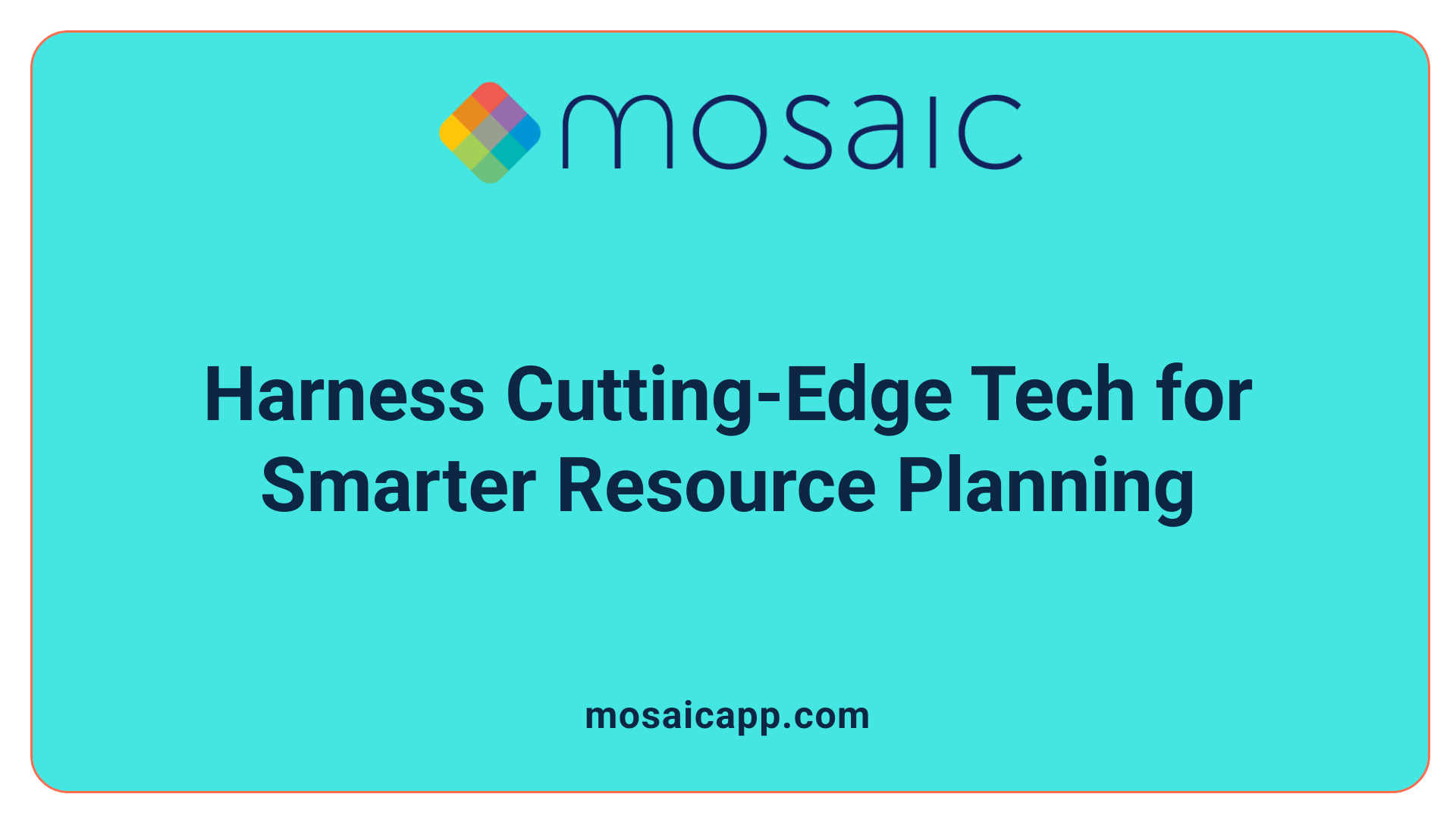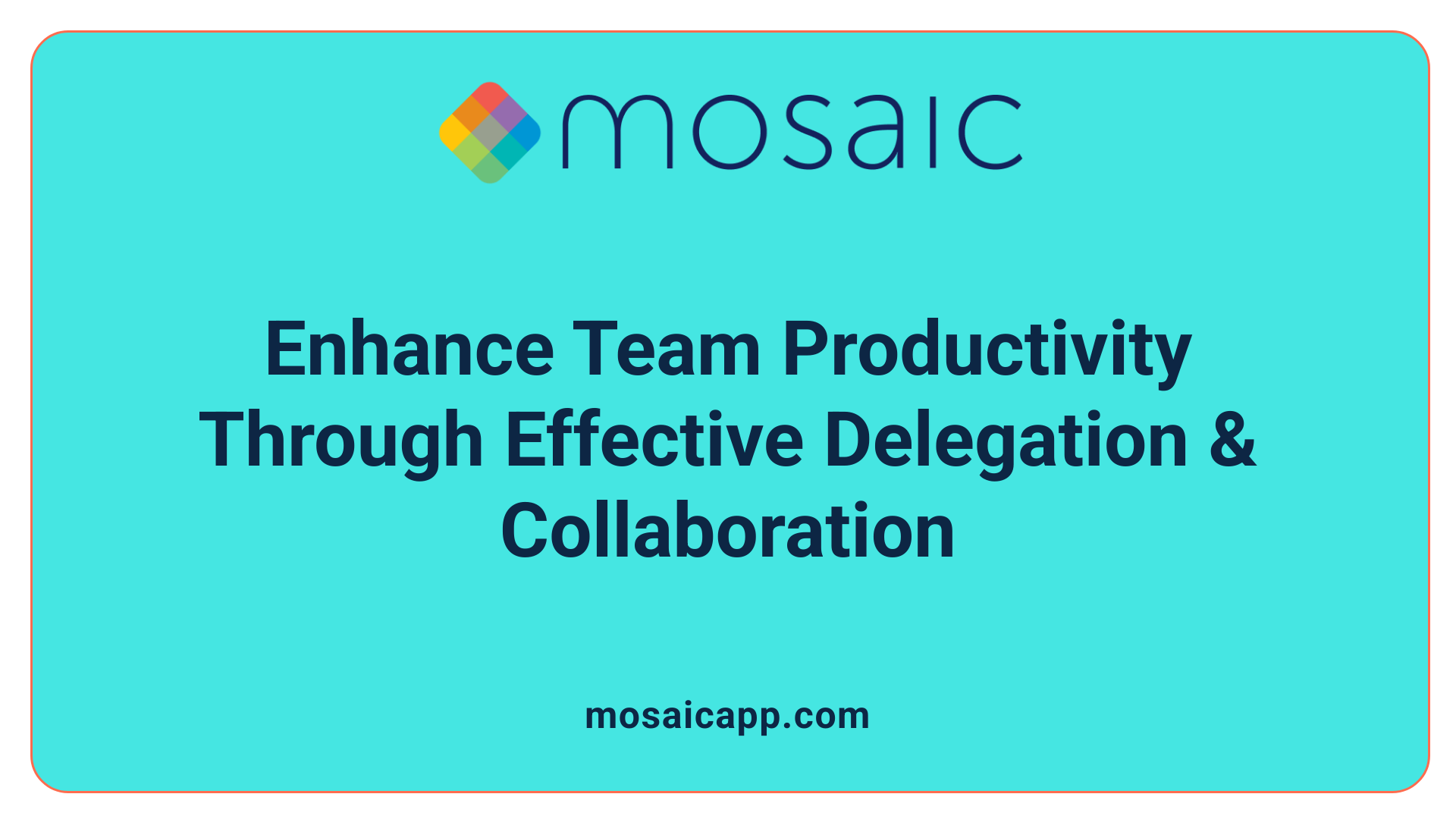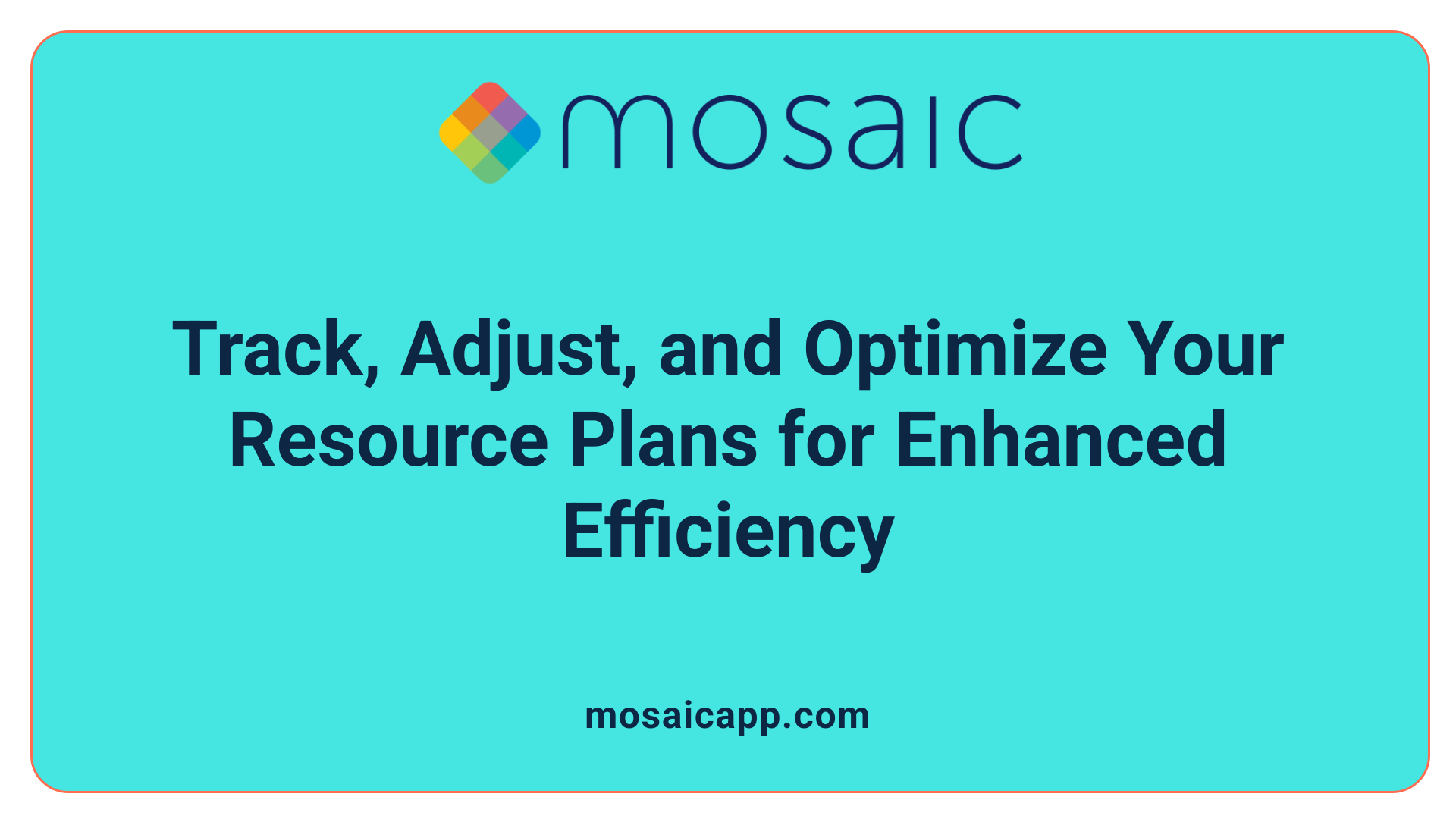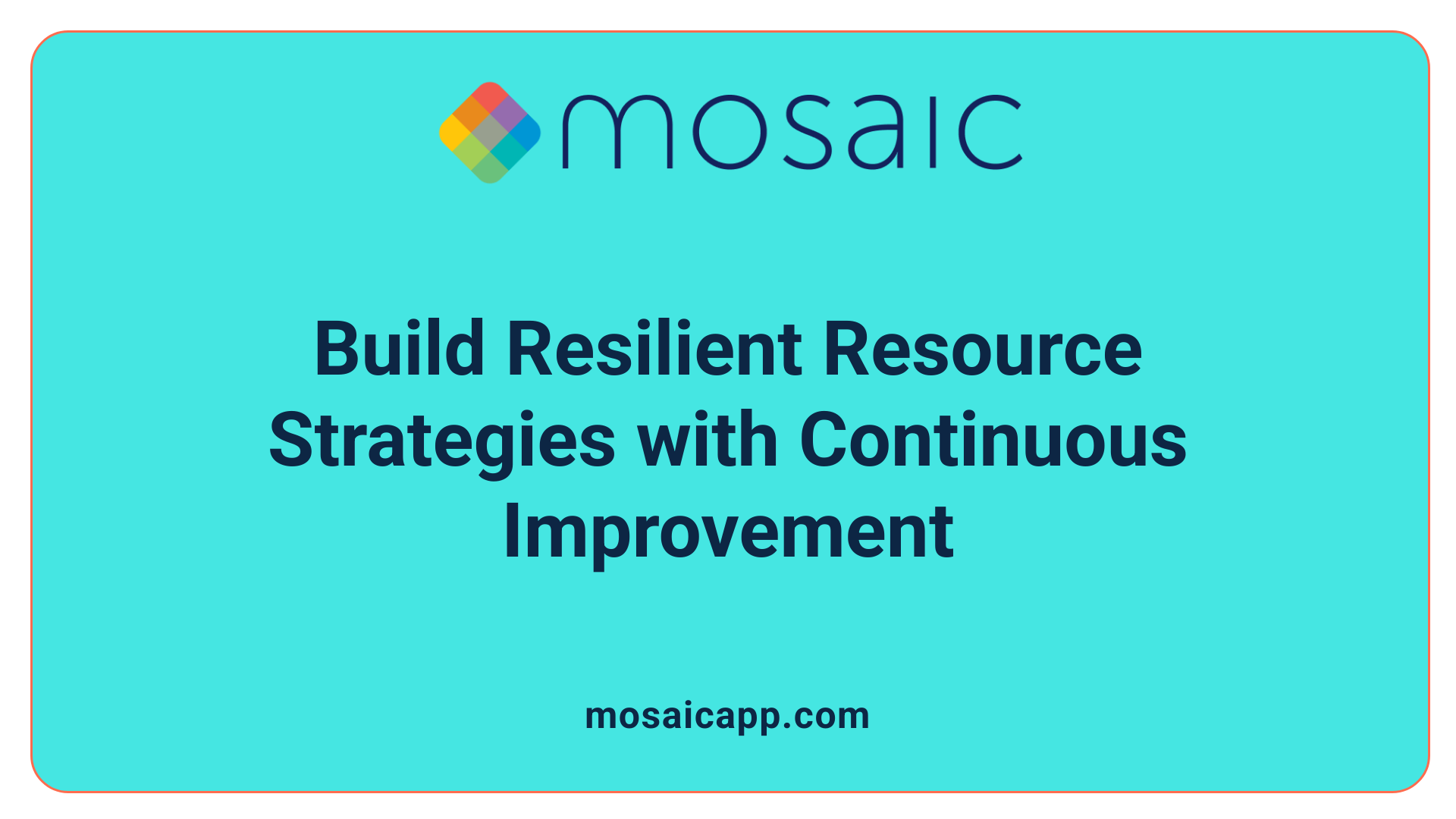Unlocking Financial Success with Smart Resource Planning
Effective resource planning is a critical driver for enhancing profitability in any organization. By strategically forecasting, allocating, and managing resources, businesses can optimize productivity, reduce costs, and improve project outcomes. This article explores essential strategies, tools, and best practices for leveraging resource planning to boost profit margins and streamline operations.
The Strategic Role of Resource Planning in Profit Enhancement
What is resource planning and what does it encompass?
Resource planning is a strategic process that involves forecasting, organizing, and managing all assets required for successful project delivery. This includes personnel, time, financial resources, and equipment. By defining project scopes, assessing resource capacity, and strategically allocating what's needed, organizations can enhance both efficiency and service quality.
How does resource planning connect to profitability?
Effective resource planning directly influences profitability by optimizing the use of human capital and physical assets. Proper alignment of talent with project demands prevents overburdening, reduces downtime, and avoids unnecessary expenses. This optimization minimizes financial risk and helps maintain healthy profit margins by preventing overspending and improving billing efficiency.
What are the key components managed in resource planning?
The fundamental components include:
- Personnel: Matching employee skills with project requirements, managing workloads to avoid burnout, and planning recruitment to fill skill gaps.
- Time: Scheduling tasks and workloads to optimize utilization without exceeding capacity, and tracking time to refine future estimates.
- Financial Resources: Allocating budgets carefully to avoid financial instability and support priority initiatives.
- Equipment: Ensuring necessary tools and technology are available and properly assigned to maximize productivity.
Together, these elements form a cohesive framework that enables organizations to meet project goals effectively while enhancing profitability.
Optimizing Resource Utilization to Maximize Value

How can organizations leverage existing investments effectively?
Effective resource utilization starts with fully leveraging existing investments to maximize their value. Organizations achieve this by carefully assessing current resource availability and strategically allocating personnel, time, and materials according to project requirements. Utilizing resource management software enables real-time visibility into workforce capacity and automates scheduling, which ensures that resources are not left idle or wasted.
Why is setting utilization targets important?
Setting clear utilization targets provides employees and management with well-defined expectations for resource use. These targets help monitor workload levels, preventing overwork and employee burnout while ensuring that capacity is optimally harnessed. Tracking billable versus non-billable hours further refines utilization insights, contributing to higher efficiency and profitability.
How do workloads stay balanced to avoid over- or underutilization?
Balancing workloads is crucial for maintaining productivity and employee satisfaction. Capacity planning techniques, such as resource leveling and smoothing, ensure that team members are neither overburdened nor underutilized. By prioritizing projects with up-to-date demand information, organizations prevent overcommitment and can proactively adjust resource allocations in response to shifting priorities.
What benefits does skill-based resource alignment bring?
Aligning employees’ expertise with project needs enhances both efficiency and output quality. Skill-based resource management identifies skill gaps, enabling targeted training or recruitment. This approach not only optimizes the use of personnel but also boosts job satisfaction and retention by placing staff on projects that match their competencies.
| Strategy | Description | Impact |
|---|---|---|
| Leveraging Existing Investments | Full use of current resources through strategic allocation | Maximizes value, reduces waste, increases ROI |
| Utilization Targets | Defining workload expectations and monitoring usage | Prevents burnout, improves efficiency and cost control |
| Balanced Workloads | Techniques like leveling and smoothing workloads | Maintains productivity and employee satisfaction |
| Skill-Based Alignment | Matching talent with project requirements | Enhances output quality, fills skill gaps, supports retention |
Centralized Capacity Planning and Demand Management
What is the role of central resource planners?
Central resource planners act as the hub for managing capacity and demand within an organization. They help allocate personnel, equipment, and budgets efficiently by analyzing current project requirements and resource availability. This centralized approach supports better forecasting and real-time adjustments.
How does prioritizing projects based on current capacity work?
Prioritization focuses on aligning projects with actual resource capacity. By evaluating workloads and skill availability, central planners can rank projects according to urgency and resource feasibility. This ensures that critical projects receive appropriate attention while preventing the overextension of resources.
Why is avoiding overcommitment and burnout important?
Overcommitment strains employees and resources, increasing the risk of delays and errors. Organizations use centralized capacity planning to distribute workloads evenly, preventing burnout and boosting employee satisfaction. Balanced workloads lead to improved productivity and reduce financial risks caused by project overruns.
How does data-driven decision-making enhance resource management?
Leveraging real-time data and historical trends allows planners to make informed decisions about resource allocation. Using software tools with automation capabilities provides visibility into current utilization and future demands. This data-centric approach supports proactive adjustments, enhances efficiency, and helps maintain healthy profit margins.
Technology as a Catalyst for Enhanced Resource Management

What Are the Benefits of Resource Management Software?
Resource management software offers a suite of advantages that can dramatically improve how organizations allocate and utilize their resources. By centralizing planning and providing data-driven insights, these tools help managers make informed decisions quickly. They reduce manual workloads and errors through automation, freeing up time to focus on strategic initiatives.
How Does Automation Improve Scheduling and Monitoring?
Automation plays a crucial role in resource management by streamlining routine scheduling tasks and monitoring project progress. Automated scheduling ensures that workloads are balanced and priorities are set based on real-time data, preventing overcommitment and resource conflicts. Additionally, continuous progress tracking refines future planning and boosts overall efficiency.
Why Is Real-Time Visibility into Workforce Capacity Important?
Real-time visibility into workforce capacity provides managers with immediate insights into team availability, skill sets, and current workloads. This transparency aids in optimizing utilization, preventing employee burnout, and maximizng profit margins. It also supports agile responses to project changes, enabling quick reallocation of personnel to meet evolving demands.
What Are Some Examples of Resource Management Tools?
One example is BigTime Foresight, a platform known for real-time visibility, automation, and insightful analytics that streamline workforce allocation and improve forecasting accuracy. Such tools also facilitate scenario planning, synchronize schedules automatically, and support seamless team collaboration, crucial factors for efficient resource management.
Forecasting and Capacity Planning for Future Readiness
How are future resource needs predicted?
Resource forecasting is a strategic process that estimates future resource requirements by analyzing project demand, workload trends, and growth objectives. By assessing these factors, organizations can anticipate staffing and skill necessities to ensure that projects are adequately supported.
Why is workload trend analysis important?
Analyzing workload trends helps organizations identify patterns of resource utilization and demand over time. This insight enables better planning to avoid understaffing or overburdening the team, maintaining a balanced workload that supports efficiency and employee well-being.
How does forecasting aid recruitment and skill gap mitigation?
Forecasting allows organizations to proactively identify upcoming resource shortages or skill gaps. By recognizing these needs in advance, recruitment efforts can be targeted appropriately, and training programs can be implemented to upskill current employees, ensuring alignment with future project demands.
What role does agility play in resource adjustment?
Agile human resource management enables organizations to swiftly adjust resource allocations in response to shifting project priorities or unexpected delays. This flexibility is essential for maintaining project momentum and optimizing resource use without compromising deadlines.
By integrating predictive forecasting with capacity planning, organizations position themselves for seamless project execution. Utilizing software tools that provide real-time data and automate scheduling further enhances the ability to adapt to changing conditions, improving overall efficiency and readiness for future challenges.
Risk Mitigation and Financial Stability Through Resource Planning
How does careful resource allocation reduce risks?
Careful resource allocation helps manage risks by ensuring that resources—whether personnel, time, or budget—are optimally assigned to projects based on their priorities and requirements. This deliberate approach prevents overextension and resource conflicts, reducing the chances of project delays, burnout, and quality issues which could lead to failures.
How can resource planning prevent financial instability?
Effective resource planning gives organizations full visibility into their resource utilization, enabling them to avoid overspending. By forecasting future needs and balancing workloads, companies can control costs, allocate budgets precisely, and maintain profitability. This reduces exposure to unexpected expenses, helping to sustain financial stability.
What role does scenario planning and stress testing play in mitigating risks?
Incorporating scenario planning within resource management allows teams to simulate different project conditions and resource demands. Stress testing assumptions with experts sharpens cost benchmarking and improves planning accuracy. These strategies enable organizations to anticipate potential bottlenecks or shortages and develop contingency plans, thus minimizing risks related to misallocation or unforeseen changes.
How does resource capacity planning aid in controlling project costs and preventing scope creep?
Resource capacity planning strikes a balance between available workforce capacity and project demands, preventing under- or over-staffing. By monitoring utilization and progress in real-time, teams avoid inefficient resource use that often leads to inflated costs and scope creep. This disciplined control supports projects staying within their planned budgets and timelines.
| Aspect | Benefit | Description |
|---|---|---|
| Careful Allocation | Risk reduction | Minimizes resource conflicts and burnout |
| Visibility into Utilization | Financial stability | Prevents overspending and maximizes profit margins |
| Scenario Planning | Enhanced preparedness | Anticipates risks and allows contingency plans |
| Capacity Planning | Cost control and scope management | Avoids resource waste and maintains balanced workloads |
Through implementing these resource planning practices, organizations can significantly reduce risks while reinforcing their financial health throughout project lifecycles.
Efficient Work Delegation and Collaboration for Improved Output

Transparent Processes and Team Collaboration
Transparent processes establish clear expectations and responsibilities among team members. This openness fosters trust and accountability, enabling everyone to understand their roles and project goals. Better transparency facilitates seamless communication, reduces misunderstandings, and enhances team cohesion.
Effective Delegation Techniques
Effective delegation involves matching tasks to team members’ skills and availability, which optimizes productivity and prevents overburdening individuals. Assigning clear deadlines and providing adequate resources empower employees to perform efficiently. Additionally, monitoring progress through time-tracking tools helps identify and address potential bottlenecks early.
Avoiding Bottlenecks and Communication Breakdowns
Proactively identifying resource conflicts and workload imbalances prevents bottlenecks. Regular check-ins and real-time progress tracking ensure that issues are surfaced promptly. Incorporating flexibility in scheduling allows teams to adapt quickly to shifting priorities and maintain smooth workflows.
Use of Collaboration Tools in Planning
Resource management software and collaboration platforms centralize planning data, automate task scheduling, and provide real-time visibility into project status. Tools offering configurable workflows, notifications, and scenario planning improve coordination, streamline communication, and enable quicker decision-making across teams.
By promoting transparency, leveraging effective delegation, preventing communication breakdowns, and utilizing collaboration tools, organizations can significantly enhance resource use and overall project outcomes.
Continuous Monitoring and Improvement of Resource Plans

Tracking time and progress
Tracking time and project progress against resource plans is essential for refining future expectations and improving operational efficiency. By monitoring how long tasks take and comparing them against initial estimates, organizations can identify bottlenecks and adjust schedules more accurately.
Utilization tracking and productivity management
Utilization tracking measures both billable and non-billable hours, providing key insights into workforce efficiency and profitability. Tools for time-tracking and productivity management help monitor employee activities, ensuring that work hours are spent effectively and identifying areas where processes can be streamlined.
Real-time adjustments and reallocation
Maintaining real-time visibility into resource allocation enables organizations to make timely adjustments, avoiding overcommitment or underutilization. Agile human resource management supports quick reallocation to meet shifting priorities and project delays. Automation through resource management software reduces manual errors and accelerates response times.
Post-project reviews and learning
After project completion, analyzing resource utilization and key performance indicators (KPIs) through post-project reviews helps identify lessons learned. Such reviews inform future resource planning, improve team productivity, and optimize profitability by highlighting what worked well and areas for improvement.
Implementing Best Practices for Sustainable Resource Management

Regular review and stakeholder communication
Regularly reviewing resource plans is essential to ensure resources are being used efficiently and remain aligned with organizational priorities. This ongoing assessment allows teams to detect bottlenecks, adjust allocations, and capture fresh insights throughout the project lifecycle. Clear communication among stakeholders fosters transparency and collaboration, enabling better project buy-in and coordination.
Leveraging historical data and contingency strategies
Using historical project data enhances accuracy in forecasting and budgeting, helping to optimize resource allocation and reduce risks. Incorporating contingency strategies based on past experiences prepares organizations to manage resource conflicts and unexpected delays. Stress-testing assumptions with specialists further improves the reliability of resource management plans.
Flexible scheduling and employee satisfaction
Flexible scheduling supported by advance resource planning empowers employees to manage their engagements effectively, including taking days off or switching shifts with approval. This flexibility improves accountability and contributes to employee satisfaction and retention by balancing workloads and preventing burnout.
Choosing and customizing appropriate resource planning tools
Selecting resource planning software that is collaborative and customizable is critical for efficient management. Tools like BigTime Foresight and other technology-driven platforms automate routine tasks, improve real-time visibility, and provide data-driven insights. Customizable workflows and features such as scenario planning, notifications, and reporting enhance the adaptability of resource plans to evolving project demands.
Driving Profit and Performance with Superior Resource Planning
Mastering resource planning empowers organizations to achieve higher profit margins through optimized utilization, lowered risks, and enhanced project delivery. By adopting strategic forecasting, leveraging advanced software tools, prioritizing workload balance, and continuously refining plans, businesses position themselves for sustainable growth and competitive advantage. Implementing these proven methods fosters not only financial success but also improved employee satisfaction and operational excellence.
References
- 12 Ways to Improve Profitability with Resource Management
- Start Resource Planning Like a Pro: A Complete Guide
- Resource Planning in Project Management: Boost ...
- Effective Resource Planning - The Ultimate Guide
- Creating a Resource Allocation Plan for Better Profit Margins
- How Project Resource Management Can Boost Your ...
- What Is Resource Planning? And How Can It Save You ...
- 5 ways to improve project resource planning - Mission Control


